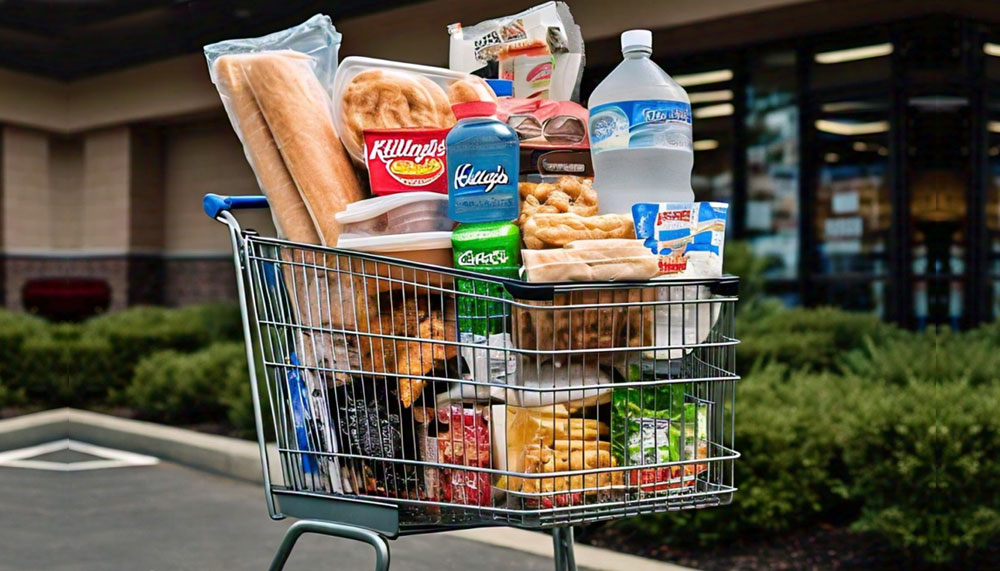- Amazon Fresh, Walmart, and Target are reducing prices on thousands of items.
- Amazon Fresh cuts costs for 4,000 grocery products by up to 30%.
- Retailers respond to customer dissatisfaction with high prices amid inflation and weak sales.
Amazon Fresh Cuts Prices on 4,000 Grocery Products
Amazon Fresh, a major player in the retail industry, has announced a significant price reduction on 4,000 grocery products. The discounts, which can reach up to 30%, are applicable to both national brands and Amazon’s own store brands.
Claire Peters, the Vice President of Amazon Fresh worldwide, stated that this move is part of their commitment to offering competitive pricing and savings for all customers, whether they shop in-store or online.
Competitors Follow Suit with Similar Initiatives
Following Amazon Fresh’s announcement, other retailers like Walmart and Target have also joined the price-cutting trend. Target, for instance, has pledged to reduce prices on 5,000 items, including essentials like diapers and pet food.
Walmart has gone even further, announcing price cuts on 7,000 items, marking a 45% increase in price rollbacks. These actions come as a response to persistent inflation, which has affected the cost of groceries.
In April, grocery prices rose by 1.1% year-over-year, prompting retailers to seek ways to attract customers who are increasingly relying on grocery purchases.
Retailers Feel the Pressure
The decision to lower prices is not just a strategic move but a response to the challenges faced by retailers. Target, for example, reported a 3.1% decline in net sales compared to the previous year, along with a 3.7% quarterly drop in comparable sales.
Walmart, although experiencing revenue growth of 6%, owes much of this success to its e-commerce segment and its affluent customer base. The fast-food industry is also feeling the impact, with chains like McDonald’s, Wendy’s, and Burger King introducing meal deals in response to customer sensitivity towards high-priced fast food options.
Inflation and Margin Management
Moreover, retailers’ decision to hike prices in the first place can’t all be attributed to inflation, according to Lindsay Owens, executive director of economic policy group Groundwork Collaborative.
Owens argues that companies actually increased their margins in times of increased operating costs. A March 2024 Federal Trade Commission report found retail revenue for food and beverages increased 7% above total costs in the first three quarters of 2023, indicating that grocery stores’ decision to raise prices wasn’t just a result of inflation, supply-chain disruptions, or the rising prices of commodities.
As retailers navigate the complex landscape of pricing and consumer behavior, the recent price cuts signal a concerted effort to address customer concerns and revitalize sales. These initiatives not only aim to attract customers with competitive prices but also reflect a shift in the retail landscape towards a more customer-centric approach.
More on VOU
The Persistence of Unhealthy Diets in the United States: An Examination
Highlights The State of American Diets Recent research from Tufts University, published in the Annals of…
Here’s Why Refined Sugar is a Slow Poison According to Nutritionists
Highlights White sugar, also known as refined sugar, is a staple in many diets worldwide. While…
ByteDance Teams Up with Broadcom and TSMC to Develop 5nm AI Chip
Highlights: ByteDance’s Strategic Move in AI Chip Development TikTok’s parent company, ByteDance, has embarked on a…
Apple and Meta Eyeing AI Partnership
Highlights Apple and Meta’s AI Vision Apple is reportedly in talks with Meta to explore a…






